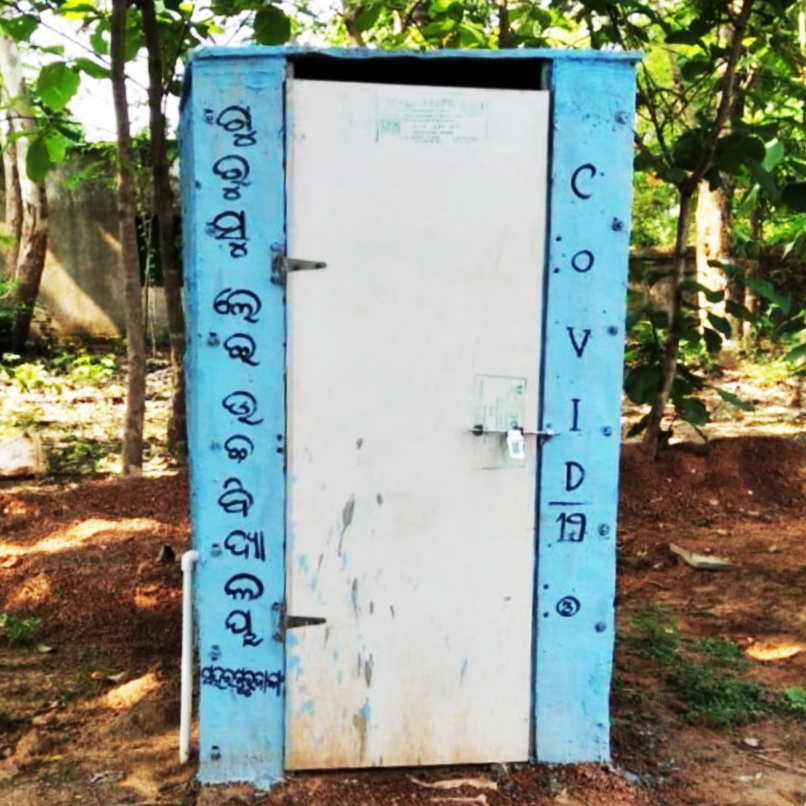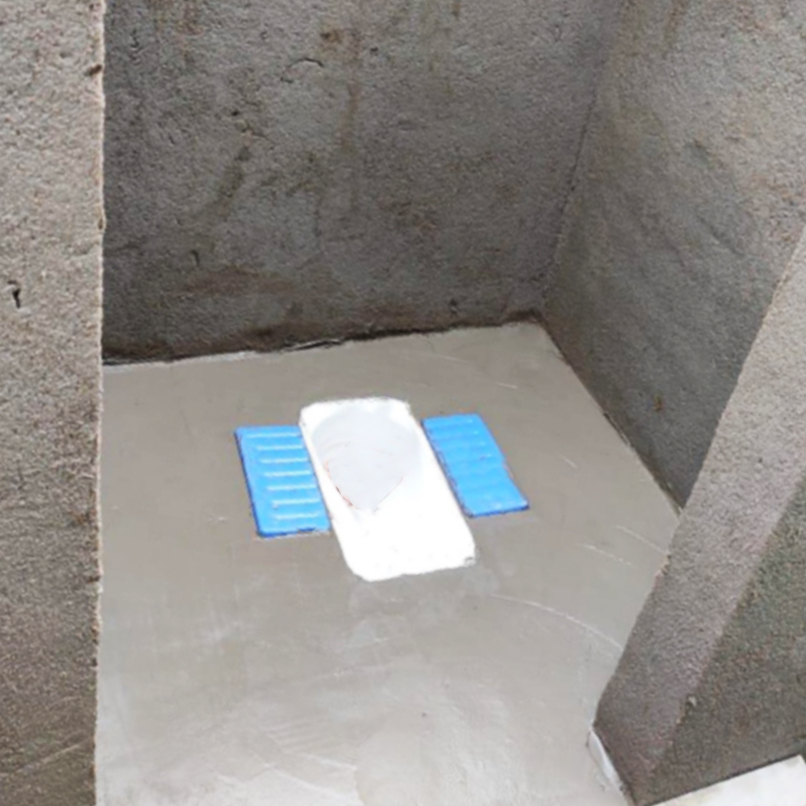As the migrant labour population headed back home, a lot of them found themselves in quarantine centers as part of the response to stop the spread of the COVID-19 pandemic.
Quarantine refers to the separation and restriction of movement of people who are not ill but who are believed to have been exposed to infection, to prevent transmission of diseases. Although people are usually quarantined in their homes, authorities are sometimes taking precautionary measures by providing community-based facilities for this purpose; especially for travellers who are on their way home.
However, quarantine shelters can also be breeding grounds for communicable diseases. Many quarantine facilities around the world were not built for purpose and mainly consisted of public facilities such as community halls, sports facilities, exhibition centers and others. Thus, they lacked the sanitation facilities capable of safely accommodating dozens, and sometimes hundreds, of people for long periods.


With this in mind, SATO set out to make quarantine shelters in India a safer environment by collaborating with different local organizations all over India to build sanitary toilets. In total, the project resulted in 245 completed toilets in areas like Astarang, Nimapara and Angul in Odisha state, and Badachana Block in Orissa state.
SATO experience
SATO leveraged its experience in designing innovative toilets as well as its network of partners in India to roll out the toilets. Due to the easy-to-install nature of SATO toilets, they could be put together very quickly, allowing authorities to react fast to the pandemic. Two models, the SATO V-trap and SATO I-Trap Connection Systems have been developed specifically for the Indian market. Each SATO product is designed to meet the unique needs of the local market it serves.
The last thing healthcare providers need is for quarantine facilities to spread COVID-19 or other diseases. The self-sealing toilet pan keeps flies and insects away to prevent the spread of infections.
SATO toilets are also designed with water efficiency in mind, as waste can be flushed away with as little as 1 litter of water. This is important as India specifically faces acute water shortages.
COVID-19 has exposed the glaring gaps in the provision of sanitation facilities the world over, mainly due to a lack of resources. SATO toilets cost a fraction of modern flush toilets and allowed authorities in India to prioritize spending during the pandemic.
And last but not the least, they help quarantine shelters to be a pleasant environment as much as possible, which is important to relieve stress among the occupants. SATO Toilets’ innovative design incorporates trap doors that eliminate odours.
SATO COVID-19 response
This initiative is one of several initiatives SATO rolled out to help stop the spread of COVID-19 in India. SATO, part of LIXIL, has also built toilets near hospitals to provide sanitation facilities for frontline health workers.
As the world recovers from COVID-19, we will continue working with local governments and communities to help maintain higher levels of sanitation in India and elsewhere.
Sanitation and the spread of communicable diseases are deeply linked. To help stem the spread of infectious diseases in the future, it is crucial that governments and communities in partnership with organizations such as SATO, continue to invest in sanitation solutions.